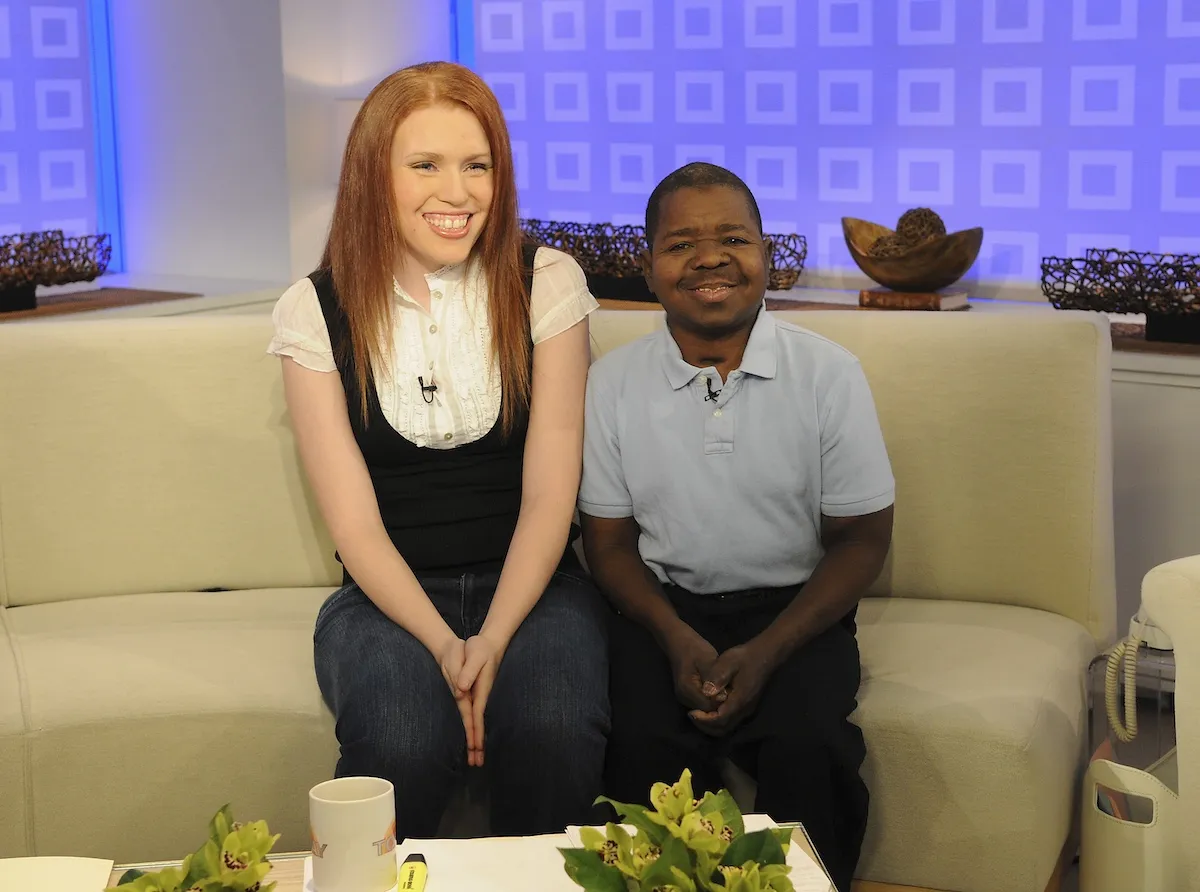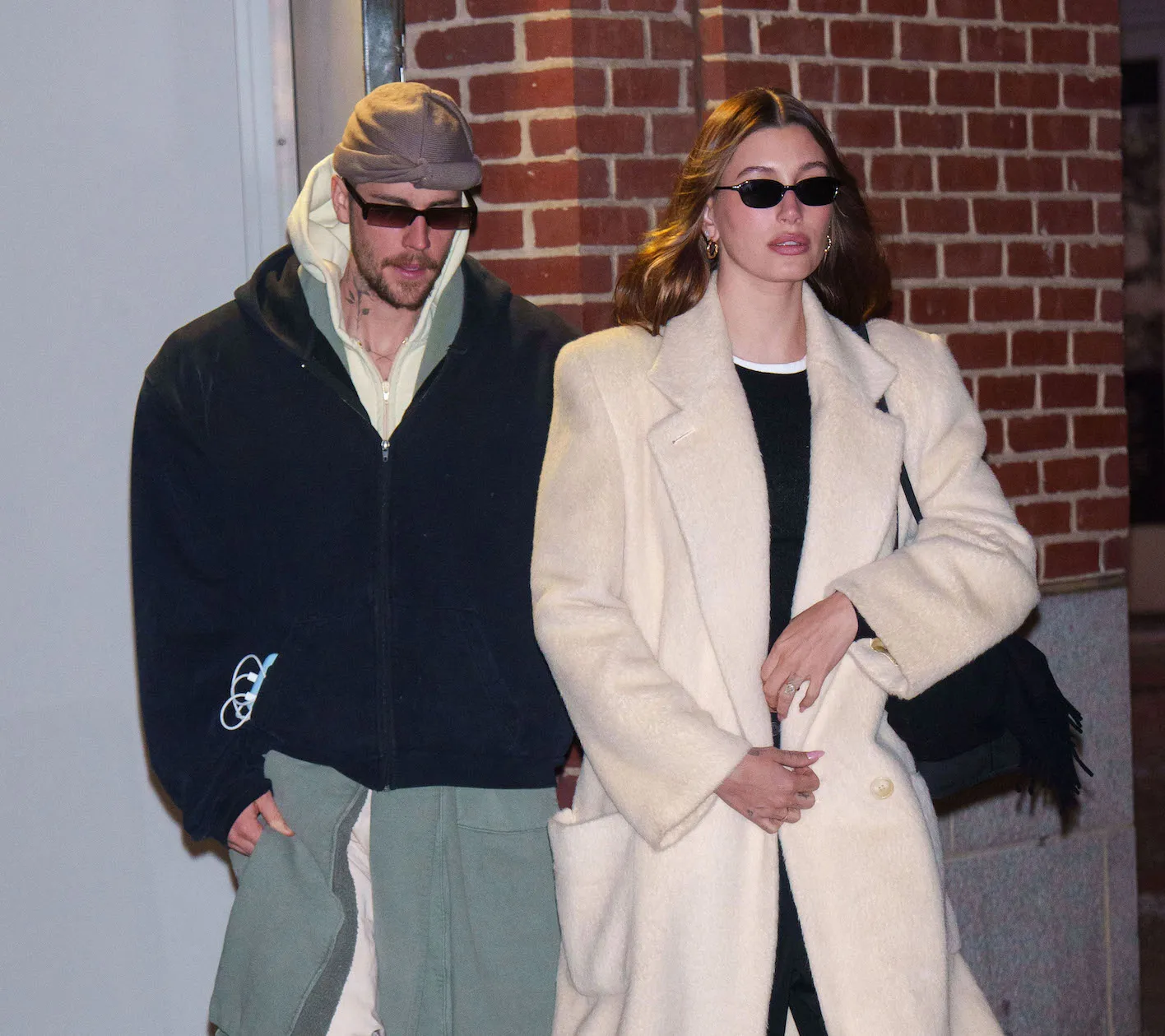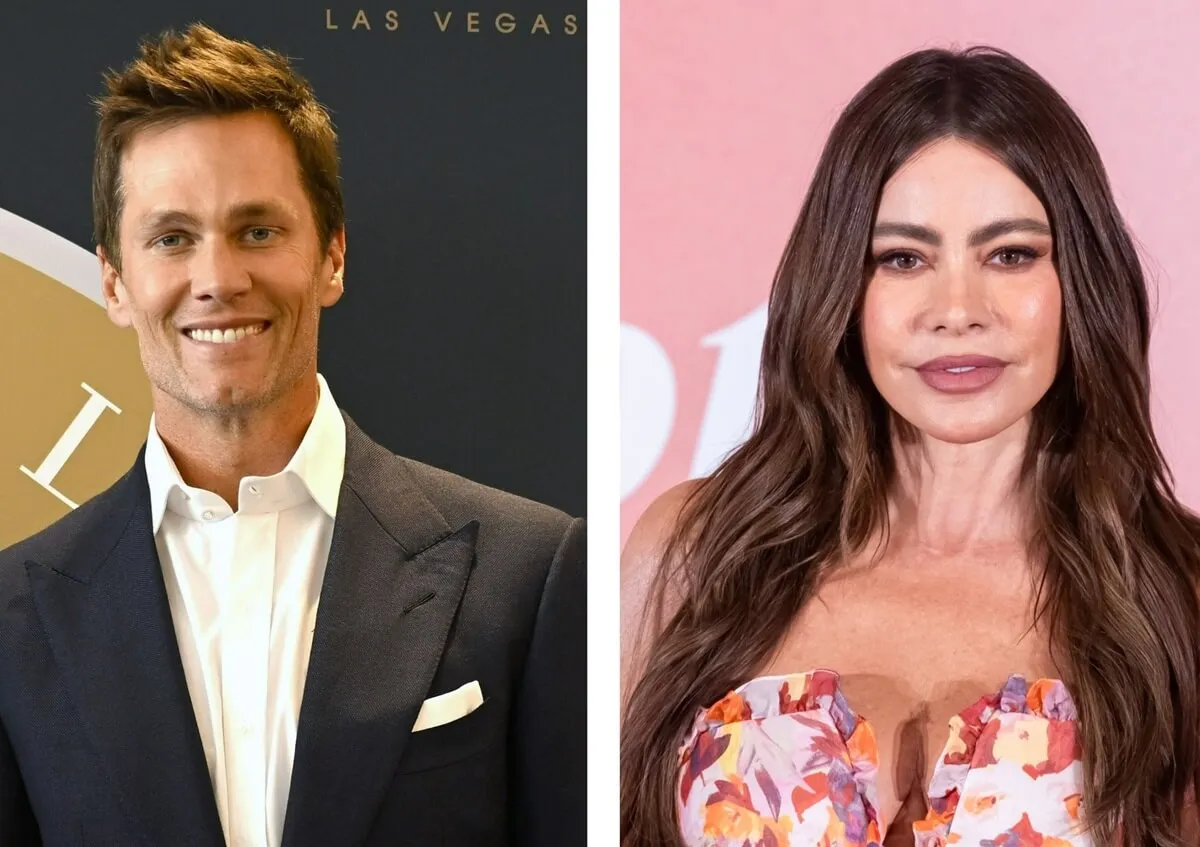‘Have a Good Trip: Adventures in Psychedelics’ Review: The Struggle to Balance Education With Humor Is Evident in an Otherwise Strong Documentary
Have a Good Trip: Adventures in Psychedelics should have been infotainment at its best. Comedians, musicians, actors, and more tell the tales of their most terrific and terrifying hallucinogenic highs and lows. What could go wrong?
While Have a Good Trip mocks the drug resistance video akin to D.A.R.E — which pigeonhole hallucinogenic experiences via the fish-eye lens treatment and guttural voices — it finds itself a bit lost between sobriety and comedy.
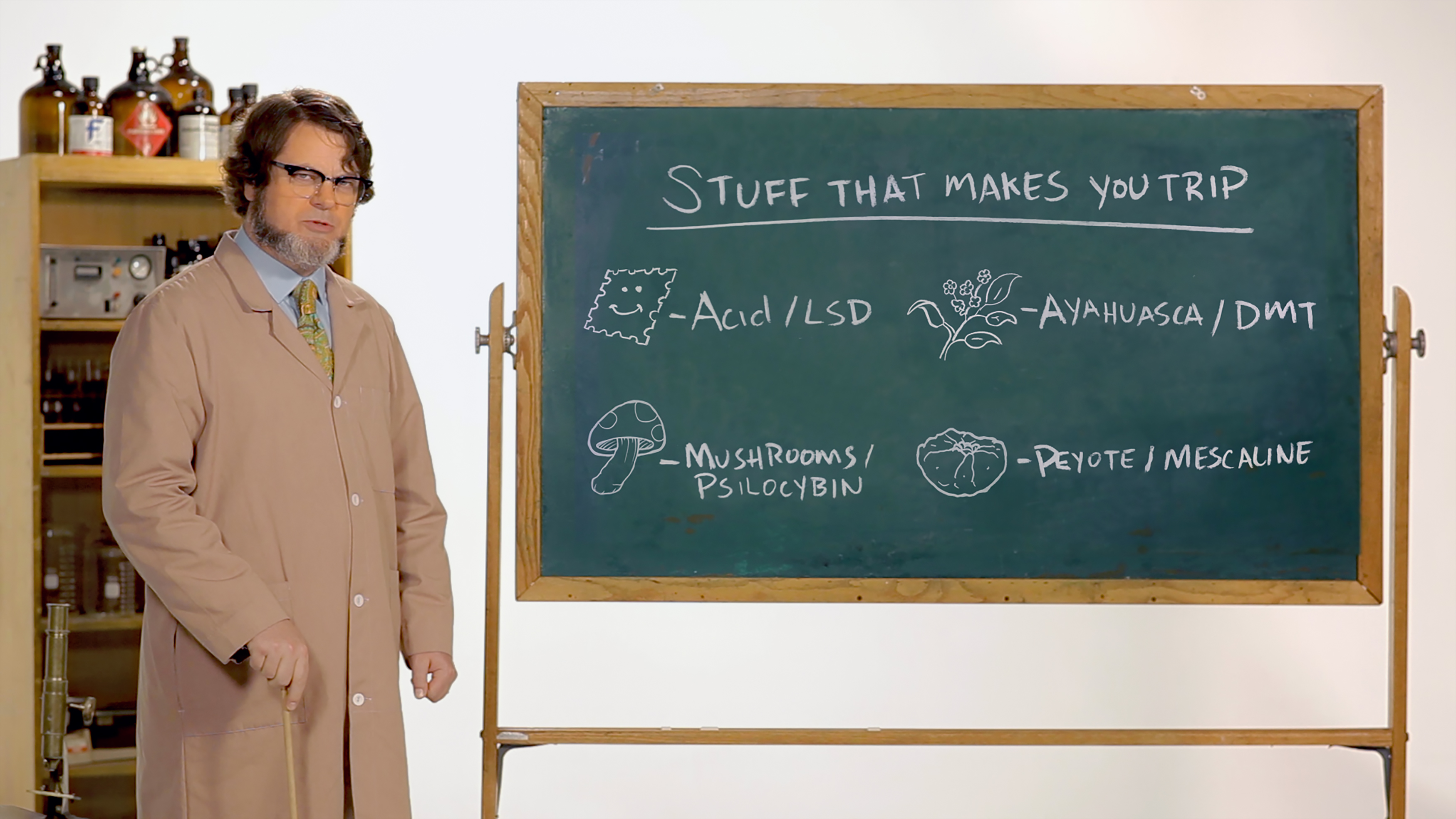
Struggling to strike the proper balance between education, risk-analysis, and humor, Have a Good Trip: Adventures in Psychedelics is sometimes enlightening, sometimes smirk-worthy, and sometimes a warning label.
The documentary stands on a balance beam. It’s afraid to fall to one side and promote usage, yet hesitant to veer toward the other and sound like a parental noob. Yet, the documentary often chooses the promotional tone, making the brief moments of science and sincerity feel forced and tonally incongruous. However, managing to recount experiences without sounding like a commercial for LSD, Have a Good Trip succeeds on many fronts — it reveals that all experiences are unique, some lend way to personal growth and development, yet others are merely anxiety-ridden rollercoasters.
In short, it’s a try-at-your-own-risk presentation that adds a little levity to the depth of the topic without detracting from the more serious side effects. It does not glamorize, nor does it patronize. Yet, in seeking this perfect balance, both sides never reach their full potential.
Nick Offerman: the lab-bound professorial host who could have been a bit funnier
In between Sting, Sarah Silverman, and Nick Croll recounting their wildest acid trips — via some two-dimensional animation and reenactments — Nick Offerman serves up some commentary…with a little education and a lot of satire. He’s dressed up in a lab coat and glasses, but it’s Nick Offerman; the casting choice alone underscores the character’s intentional lack of credibility. Offerman highlights the film’s tendency to teach in an unorthodox, yet, consequentially, rather effective manner.
Offerman’s reputation precedes his character, so viewers know, from the get-go, he will mostly serve as comedic relief. From Parks & Recreation to Making It, he’s a funny guy who has mastered dry humor. Yet, while completely in character in Have a Good Trip, his jokes fall a bit flat, and his educational moments lack sincerity. However, his presence serves to undercut the caution in an unthreatening manner, keeping the film light and enjoyable, as opposed to serious and offputting, which works for the documentary’s presumable target demographic.
Adam Scott’s ‘The Afterschool Special’ sort of works
Adam Scott — in a motorcycle jacket reminiscent of Danny Zuko in Grease— presents high school students in drug-oriented situations. The recurring segment is designed to mock the unrealistic drug depictions and consequences inherent to many a high school-aimed video.
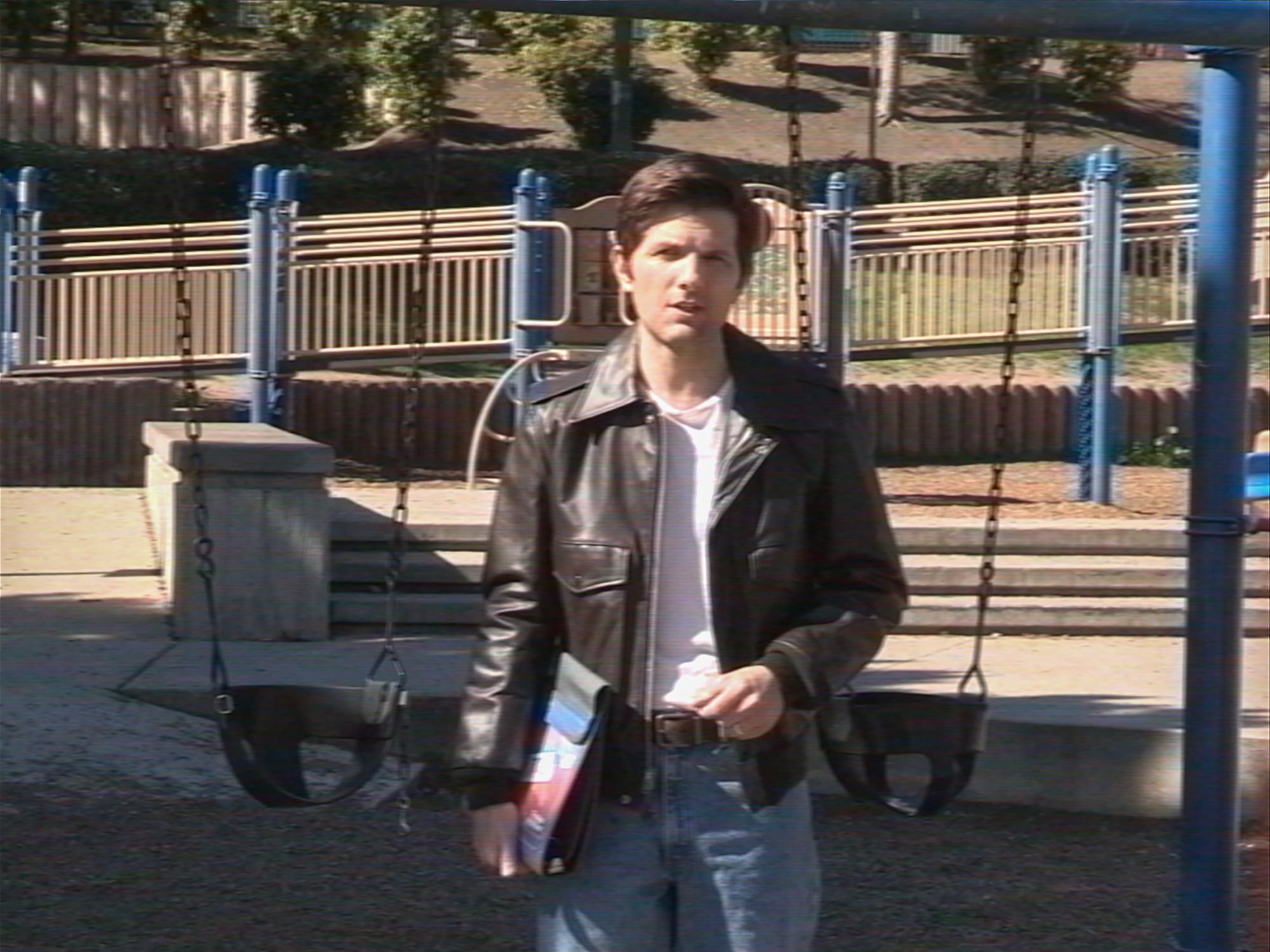
From kids on the playground to kids at a party, the result is always the same: unforeseeable death or injury. The segments mock those memorable school videos that led to eye-rolls throughout the auditorium, without stripping them of their semblance of truth. And, by interweaving such segments with celebrity stories that are nothing but reflective, the documentary retains its strongest asset: insight.
The celebrity stories are the best part
The celebrity stories are not as bombastic and mind-blowing as one would hope given the line-up — ASAP Rocky, Sarah Silverman, Ben Stiller, Carrie Fisher. Yet, they are real. They are honest. They are reflective. They are poignant.
In allowing the celebrities to share their tales — some humorous others serious — the differentiation inherent to hallucinogenic experiences comes forward. And, when they tell you not to drive, the source feels reliable and credible. When they tell you the mirror is your worst enemy or your best friend, you learn that the mirror treats different people differently when high. So, proceed at your own risk.
The celebrities achieve infotainment at its best — the balance of humor, education, contemplation, and intrigue. On the other hand, the added mockumentary-esque segments, the animated story-telling, and a lab-bound Offerman just seem like ways to add differentiation without augmenting the mission.
